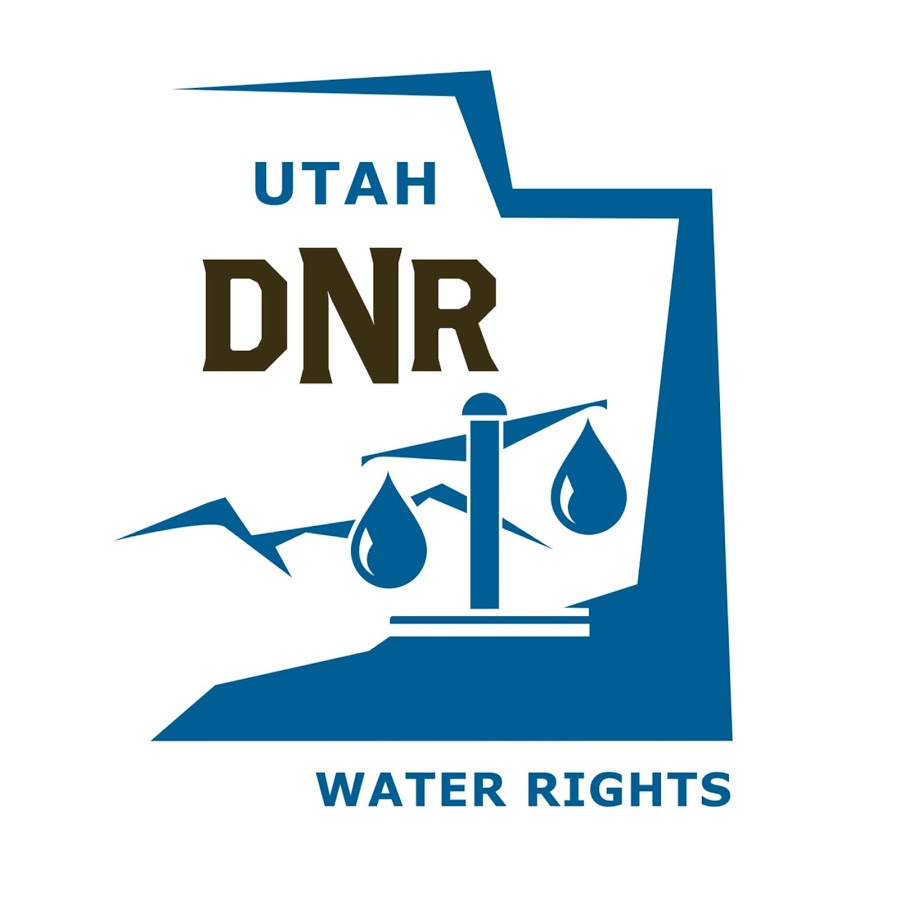Groundwater Conditions in Utah
Utah's Groundwater Reservoir
Introduction
Since 1964, the U.S. Geological Survey and the Utah Department of Natural Resources, Division of Water Rights, and the Utah Department of Environmental Quality, Division of Water Quality have cooperatively published an annual report describing groundwater conditions in Utah. The annual reports provide data to enable interested parties to maintain awareness of changing groundwater conditions in the State.
This web product, like the previously published reports in the series, contains information on well construction, groundwater withdrawals from wells, water-level changes, precipitation, and streamflow. Supplementary data are included in reports of this series only for those years or areas that are important to a discussion of changing groundwater conditions and for which applicable data are available.
Most of the reported data were collected by the U.S. Geological Survey in cooperation with the Utah Department of Natural Resources, Division of Water Rights, and the Utah Department of Environmental Quality, Division of Water Quality.

Utah's Groundwater Reservoir
Small amounts of groundwater can be obtained from wells throughout most of Utah, but large amounts that are of suitable chemical quality for irrigation, public supply, or industrial use generally can be obtained only in specific areas. The areas of groundwater development presented in this web product are shown on the above figure. Some of these areas yield large amounts of groundwater of suitable chemical quality for the uses listed above while many areas yield little to no groundwater.Most wells in Utah yield water from unconsolidated basin-fill deposits. These deposits consist of boulders, gravel, sand, silt, or clay, or a mixture of some or all of these materials. The largest yields are obtained from coarse-grained materials that are sorted into deposits of uniform grain size. Most wells that yield water from unconsolidated deposits are in large intermountain basins that have been partly filled with rock materials eroded from adjacent mountains.
A small percentage of wells in Utah yield water from consolidated-rock (bedrock) aquifers. Consolidated rocks that have the highest yields are basalt, which contains interconnected vesicular openings, fractures, or permeable weathered zones at the tops of lava flows; limestone, which contains fractures or other openings enlarged by solution; and sandstone, which can contain open fractures. Most wells that yield water from consolidated-rock aquifers are in the eastern and southern parts of the State in areas where water cannot be obtained readily from unconsolidated deposits
